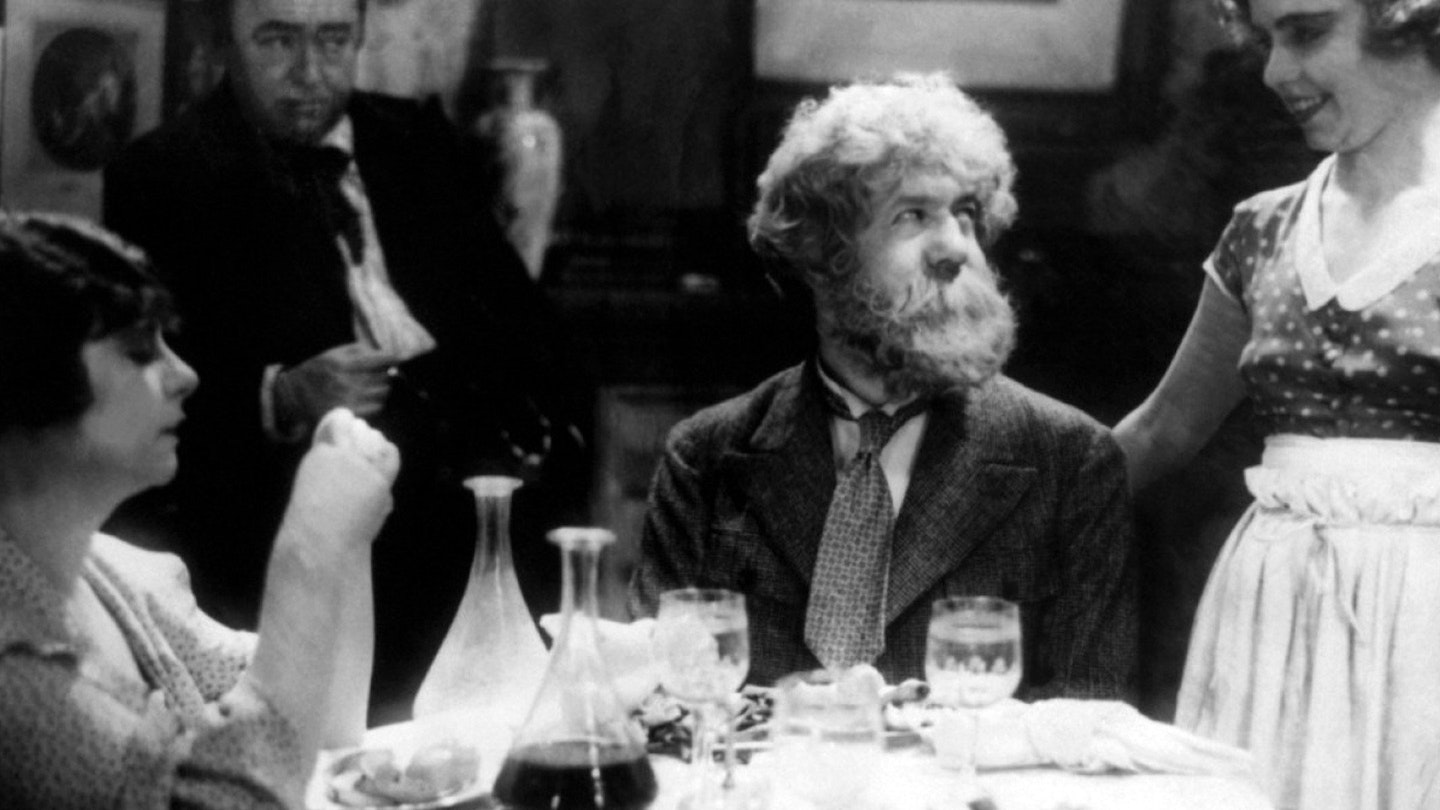Bouyed by the reception of La Chienne, Jean Renoir and Michel Simon reteamed on this adaptation of René Fauchois' boulevard comedy, in which Simon had starred on stage in 1925. Always a fan of Charlie Chaplin's Tramp, Renoir was keen to explore how an inveterate vagabond would respond to traditional bourgeois values. But while the intention was clearly satirical, this is not the declaration of class warfare that some critics have claimed.
Charles Grandval plays Lestingois as a thoroughly decent idealist, with a reverence for culture and a genial humanism that inspires him to seek the best for Boudu, even when he's at his most boorish. Indeed, this is a classic example of Renoir's pet theory that everyone has reasons for their actions and he resolutely refuses to judge, either the Lestingois's affectations or Boudu's inability to come to terms with an entirely alien lifestyle.
Renoir slyly suggests how easy it is to be seduced by comfort, but he is much more interested in celebrating non-conformism than condemning middle-class cosiness - hence Fauchois's hearty disapproval of Renoir changing the ending to allow Boudu to resume his life as a child of nature. Perhaps he would have been better disposed towards Paul Mazursky's remake, Down and Out in Beverly Hills (1986), which panders to American audiences by reducing the characters to more obviously recognisable anti-heroes and villains.
A vein of Greek mythology runs through Boudu. But there's nothing fantastical about the location shooting, which uses long, fluid, deep-focussed takes to capture the flavour of both the Seine around the Pont des Artes and the Marne countryside. Looking out on to the neighbouring rooftops, the Lestingois apartment similarly feels like the scene of real life and this contextualising of the household within its milieu adds authenticity to Renoir's wry observations on contemporary society.
